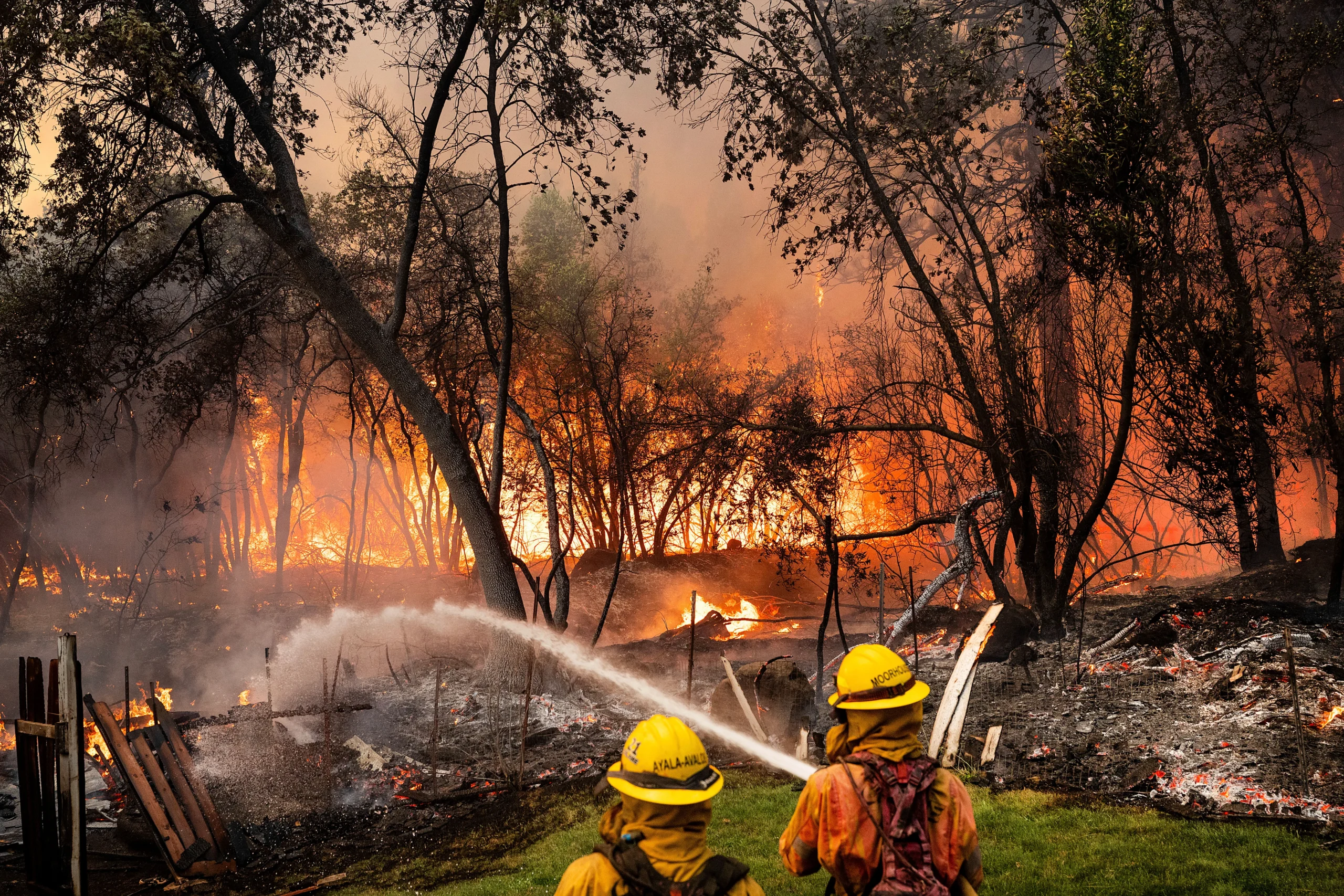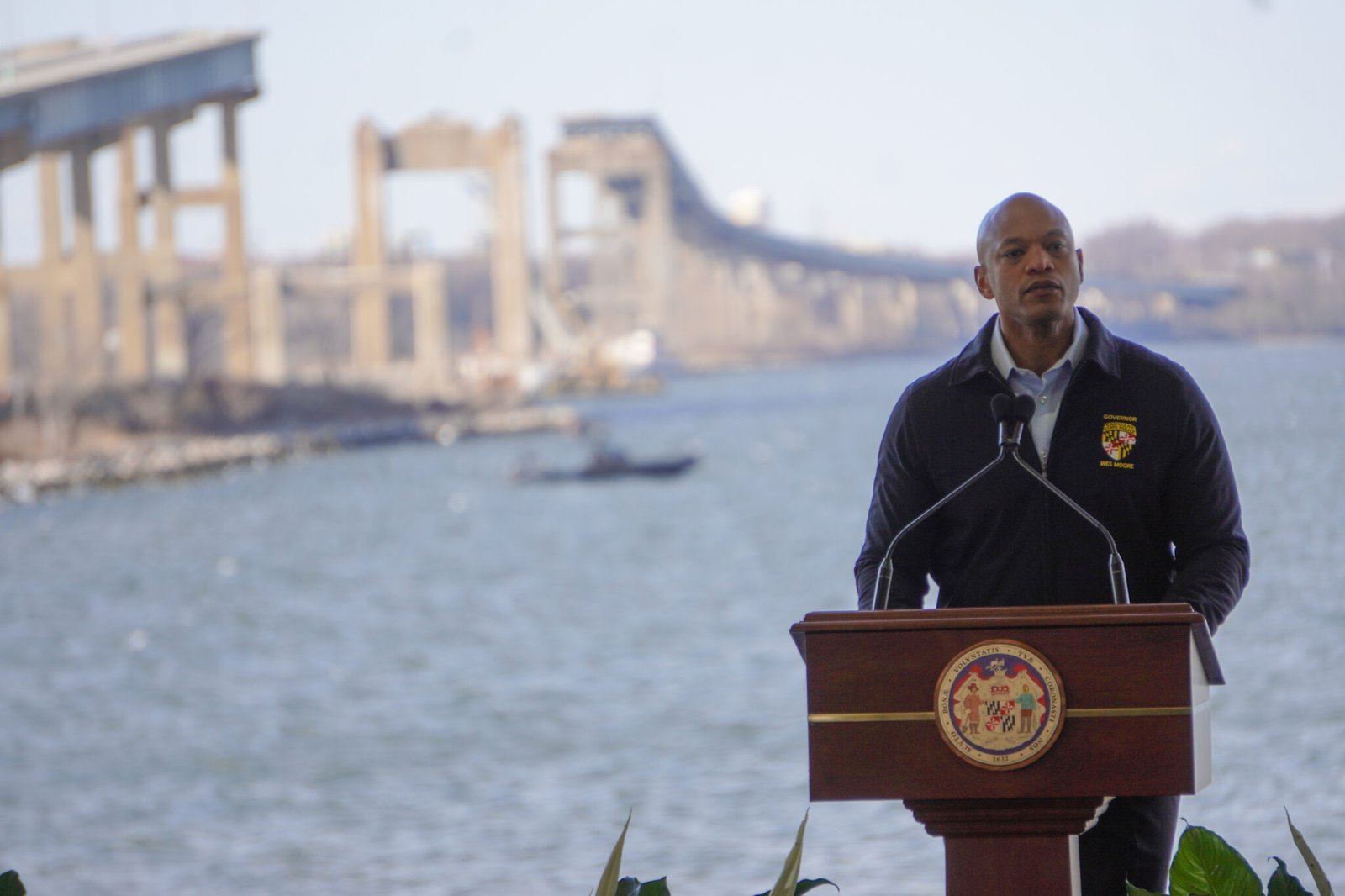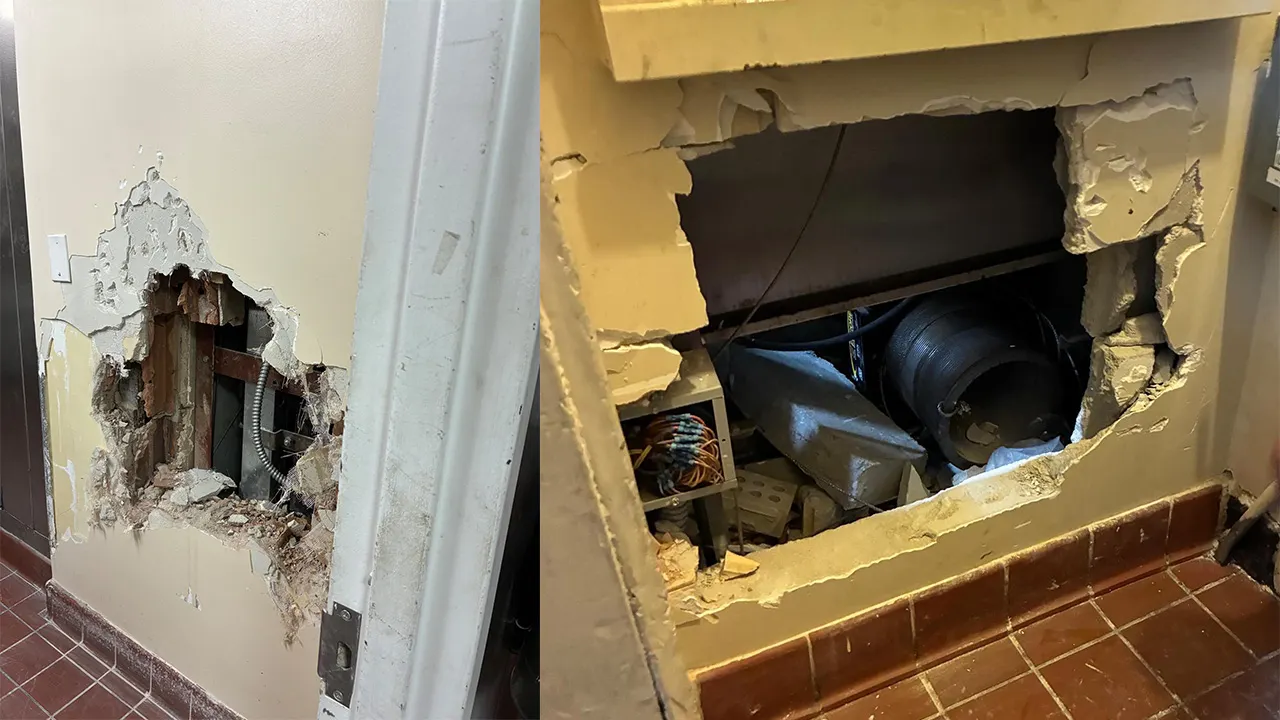A Race Against the Flames Firefighters were making strides against wildfires in North and South Carolina, but it is not over yet. As some fires have been brought under control, others are still growing, threatening homes and communities in the Blue Ridge Mountains. Hundreds have been evacuated as dry and windy conditions stoke the blazes.
While wildfires are not unusual in the southeastern United States, this year the blazes have been especially widespread, fueled by a combination of gusty winds, unseasonably dry weather and remaining damage from past storms. Emergency responders are putting in round-the-clock efforts to safeguard lives and property, but the challenges are great.
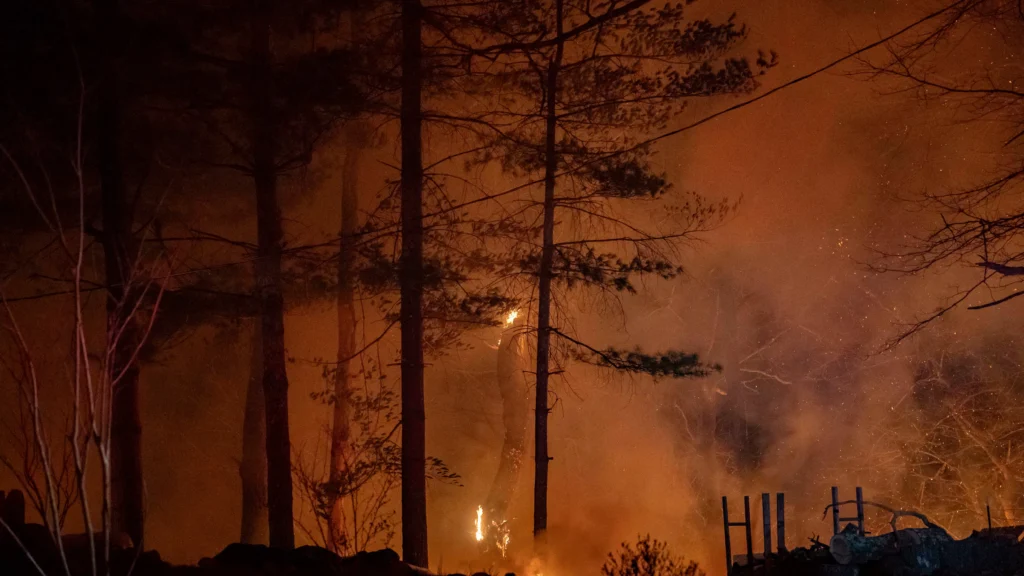
North Carolina: Ominous Signs of Hope in the Ruins The North Carolina Forest Service offered some encouraging news in their fight against two hot blazes that had raged in the state — the Black Cove Fire (which burned nearly 900 acres) and the Deep Woods Fire (which consumed about 400 acres). Both fires, which have burned nearly 10 square miles (26 square kilometers), were listed as more than 10% contained by Wednesday night. Firefighters had previously failed to get any control over the infernos, so this is a hopeful sign.
These efforts, however, have not put the danger behind us. Polk County is one of the areas hardest hit, home to about 250 evacuated homes and roughly two dozen lost structures. Other residents have returned to find their homes charred to a crisp. Firefighters have performed a heroic effort to save as many houses as possible, with just one person reported injured — the leg of a firefighter was pinned under a falling tree.
Local officials have encouraged residents to stay vigilant and prepared to evacuate on a moment’s notice. “The fire is unpredictable, and we don’t want to take any chances,” Polk County emergency coordinator Kellie Cannon said.
South Carolina: Growing Inferno As North Carolina improved, South Carolina deteriorated as two massive fires expanded to nearly twice their size. The larger of the two fires, inside Table Rock State Park in Pickens County, had burned about 7.1 square miles (18.4 square kilometers), while the second, on Persimmon Ridge in Greenville County, had charred 2.4 square miles (6.2 square kilometers).
About 250 homes near the fire were under mandatory evacuation orders in Pickens County and other areas of Greenville County. Fire crews struggled to keep the blazes from reaching homes and critical infrastructure, but strong winds were complicating efforts to check their spread. Emergency shelters have been created for families left without homes, and community centers and schools have given out food.
Wildlife experts have likewise cautioned that the fires are decimating local ecosystems, driving deer, bears, and smaller creatures out of their habitats. “Fires of this intensity don’t only affect people; they completely alter the landscape for years,” said environmental scientist Dr. Lisa Hanes.
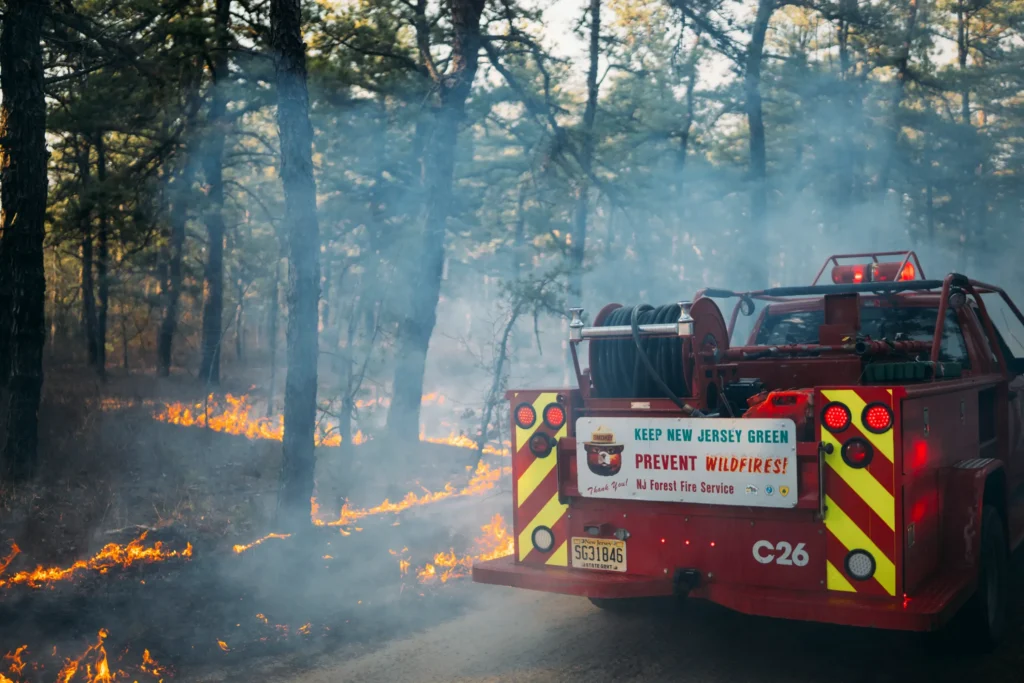
Challenges Ahead: Weather and Fueling Factors While rain is expected over the weekend, meteorologists caution that it won’t be enough to extinguish the fires entirely. “Hopefully that will at least calm things down briefly,” said National Weather Service meteorologist Ashley Rehnberg. However, with continued dry and windy conditions, the risk remains high. The winds could also spread embers to new areas, igniting fresh blazes.
Compounding the problem, September’s Hurricane Helene toppled millions of trees in the region, leaving plenty of tinder for the wildfires. This debris has not only been speeding the fires’ spread but also complicating things for firefighters trying to get to some places. “We’re facing a perfect storm of conditions that make it extremely challenging to fight these fires,” Jason Caldwell, fire chief, said in a statement.
Emergency Response and Public Safety In response to the growing crisis, North Carolina’s governor, Josh Stein, declared a state of emergency in 34 western counties. “Our State Emergency Response Team is responding with all tools at our disposal. Please be safe and stay tuned to the viral – if the fires creep toward your area,” Stein warned.
To the west, a new wildfire that ignited late Tuesday in far western North Carolina near Bryson City was prompting evacuations as flames spread, engulfing almost one square mile (1.6 square kilometers). Officials worry that additional fires could be sparked as dry conditions linger. In all, there are at least nine active wildfires burning across western North Carolina.
The National Guard has been called out to help with fire suppression efforts, and helicopters have been brought in to drop water over the most dangerous areas. but they are unable to After many effort thery However, smoke continues to waft across the region, prompting unhealthy air quality alerts in dozens of cities, including Greenville and Asheville.
A Plea for Caution: Stop Unnecessary Fires Authorities stress that many of the fires in South Carolina have been caused by human activity. With burn bans in effect across both states, officials are pleading with residents to stop burning debris and lighting campfires.
South Carolina Governor Henry McMaster voiced his frustration: “We have people going out in the woods and in their backyards and starting fires when the wind is blowing and everything is dry. We just have to use common sense. People get out in nature and they forget how dangerous it can be.”
Law enforcement officers are patrolling fire-prone areas, warning that anyone caught violating burn bans could face hefty fines. “Every unnecessary fire puts lives at risk,” said state fire marshal David Reynolds.
What’s Next? The Fight Marches on With firefighters working in shifts to confront the flames around the clock, the next few days will be decisive. Authorities are advising the public to stay alert and be ready for evacuations. Containment efforts will continue, with the waiting game on some relief through rains expected soon. But officials say the wildfire season is not over, and caution is critical.
If you are in an impacted region, listen to local emergency notifications, refrain from burning anything outside (unless necessary), and have an escape plan ready. Alas, the war on these wildfires is unfinished, but concerted efforts and collaboration with local residents along with emergency responders continue to help.
Check back for updates: Emergency crews are locked in the unyielding battle to save lives, homes.

